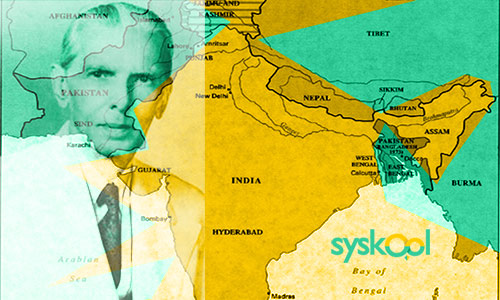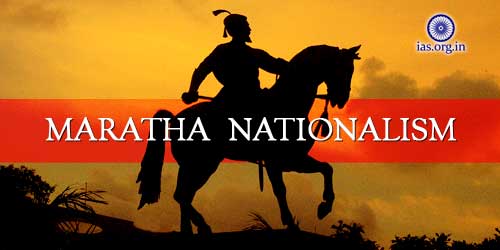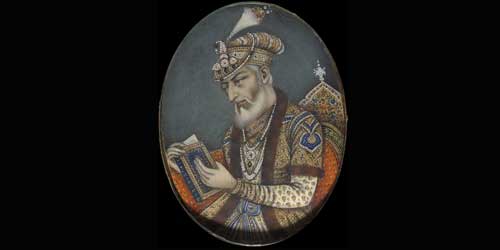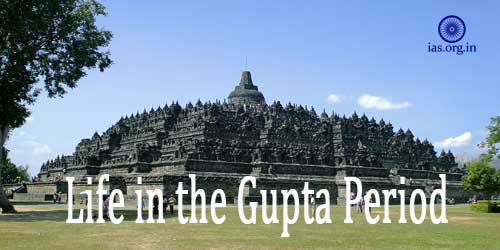The system of collecting revenue system under Mughal administration, which establishment was grossly the work of Akbar, can be classified under two heads;
- Imperial or central and
- Provincial
To some extent it followed the Sur example of administrative organization.
Provincial Revenue under Mughal
The provincial revenue was deduced from several minor taxes and duties levied on “trades and occupations, on production and consumption, on various incidents of social life and most of all on transport.” These revenues were obtained and spent solely by the provincial financial authorities and imperial financial authorities did not interfere in these matters.
Must Read: Administrative Structure under the Mughals
Imperial or Central Revenue System under Mughal
The chief sources of imperial or central revenue system under mughal included land revenue – the most important source of State income as it had been in the past-, mint, customs, inheritance, plunder and indemnities, presents (gift), monopolies and the poll-tax.
Also Read: Development of Mughal Painting
Land Revenue System under Mughal
During the period of disorders and confusion after the reigns of Sher Shah and Islam Shah the prominent experiments of revenue system of Surs were nullified. However, Akbar, who had inherited the old system of government and the time-tested customs and procedures, after acquiring the throne, found that there were three types of land in the country namely the Khalsa or crown-lands, the Jagir lands and the Sayurghat lands. Out of these lands the Jagir lands were supervised by some nobles who obtained the local revenues out of which they provided a portion of these collected revenues to the imperial exchequer and kept the rest for themselves. Sayurghat lands were allotted on free tenure.
Akbar, after establishing his freedom completely from Bairam Khan and that of ladies of the haram, understood the importance of reframing the financial system of his growing empire, which were entirely in a confused condition.
Resutedly, a revised assessment was prepared in 1570- 1571 by Muzaffar Khan, who was assisted by Raja Todar Malla in this task. This assessment was ‘based on estimates framed by the local Qanungoes and checked by ten superior Qanungoes at headquarter.’ After the annexation of Gujarat, Todar Mall carried there a regular survey of the land and the assessment was prepared “with reference to the area and quality of the land”.
Akbar in 1575-76 abolished the old revenue areas and divided the whole of the Empire, baring the provinces of Bengal, Gujarat and Bihar, into a large number of units. Each unit yielded one Kror (crore) a year. For each unit an officer designated as Krori was appointed who got the duty of not only of collecting the revenues but also encouraging cultivation.
However, this experiment of Akbar proved disastrous as the Kroris soon engaged themselves in rampant corruption and their cruelty resulted in great misery for peasants. Resultedly Akbar was forced to abolish the – offices of Kroris and the revenue divisions of the past were reinstated. But, at least till the reign of Shah Jahan, the title of Kroris remained in vogue.
When Todar Mall was made the Diwan-i-Ashraf in 1582, some important reforms in the revenue system under mughal came into existence. He established a ‘regulation’ or standard system of revenue collection. The main characteristics of this system were:
(a) Survey and measurement of land,
(b) Classification of land, and
(c) Fixation of rates.
Have a Look at: Mughal Emperors – Story of 15 Mughal Kings of India
Measurement of Lands
For the measurement of lands, in order to assure a content measure, the old units were changed by the Ilahi Gaz or yard (about thirty three inches), Tanab or tent rope, and jarib of bamboos connected by iron rings.
Land was divided into four classes according to “the continuity or discontinuity of cultivation”:
(1) Polaj– under this category came the lands that could be cultivated annually,
(2) Paraudi – under this category fell the lands that were kept uncultivated for some time to get their productive capacity back,
(3) Chachar – under this category came the lands that were kept uncultivated for three or four years, and
(4) Banjar – under this category fell the lands that were kept uncultivated for five years or longer.
You May Also Read: The Administrative System under Delhi Sultanate
Rayotwari System
The revenue of the state was fixed at one- third of the actual produce, which the ryots were permitted to pay either in cash or in kind. The cash rate fluctuated according to crops. This system came to be known as Rayotwari System, and was applied to Northern India, Gujarat and, to some extent, to the Deccan.
The Empire was separated, for the purpose of administration and revenue collection, into Subahs; these Subhas were subdivided into Sarkars; each of the Sarkars consisted of a number of Paragana. Each paragana was a cluster of several villages. The revenue collector, the amalgujar, of a district got the assistance of a large subordinate staff.
The village headman, Muqaddam, and the village Patwari were servants of the village community but they were not the servants of the State. Apart from these official there were the Qanungo who had to keep records of revenue that the village had to pay; the Potdar (district treasurer); and the Bitikchi (accountant).
These officers had got a clear instruction of collecting revenue with due care and caution and “not to extend the hand of demand out of season”.
Don’t Miss: The Later Mughals of the (Mighty) Mughal Empire






